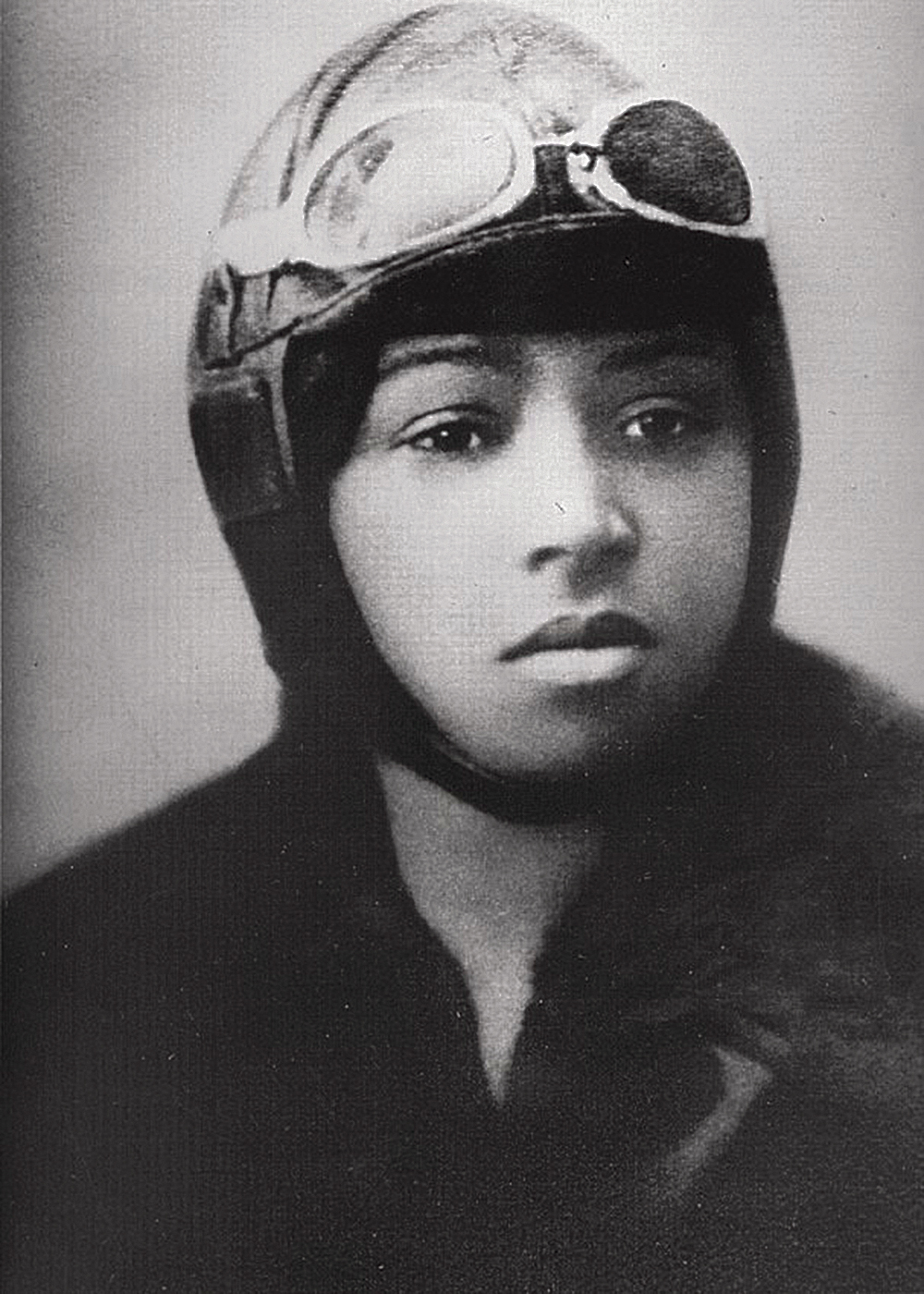Some of history’s most notable figures are women who haven’t gotten their proper respect. With “Heroines of Texas,” Austin Women gives these women their flowers. To commemorate Black History Month, we look at iconic Black women who are due their acknowledgment in how they changed the fabric of history. Today we honor Bessie Coleman.
By Jess Bugg, Photos courtesy of National Women’s History Museum
Most of us know Columbus discovered America, Thomas Edison invented the lightbulb and Humphrey Bogart said, “Play it again, Sam” in Casablanca. Except none of that actually happened. At some point we realize these we either misremembered these stories. Or they were completely fabricated. Yet they remain in the cultural zeitgeist. Our society is full of false memories, repeated for the sake of ease regardless of ample evidence to the contrary.
Texas history is no exception. Classrooms and books teach stories of shining heroes, regardless of their tarnished reality. Unfortunately, some of the most fascinating historical figures will never become household names, their stories lost to time. Perhaps because “history is written by the victors” (coincidently, a quote falsely attributed to Winston Churchill). And we know who history has been kind to. However, we are lucky enough to have some stories worth repeating. Stories of women who braved racism, sexism and the criticism of an entire culture to pursue their dreams.
The Life of Bessie Coleman

Texas native Bessie Coleman was born in 1892 and became the first African American woman and first Native American to become a pilot. According to the National Women’s History Museum (NWHM), Coleman’s goal was to encourage women of color to reach their dreams. At 18, Coleman earned enough money to attend one semester of college but didn’t have enough to continue her degree. At 23 she moved to Chicago to live with her brothers, where she became a manicurist.
During World War l, her brothers served overseas and returned with stories of France. The NWHM cites Coleman’s desire to fly came from her brother John. He told her that women in France were allowed to fly planes and teased her because she could not. Coleman immediately began applying to flight schools in the U.S.; however, she was not admitted due to her ethnicity and gender. She realized she would have to go to France if she wanted to become a pilot and began taking French classes in preparation.
The First African American and Native Woman Pilot
Coleman was accepted to the Caudron Brothers School of Aviation in Le Crotoy, France. She earned her international pilot’s license in 1921 from the Fédération Aéronautique Internationale, two years before Amelia Earhart earned hers. In 1922 she performed the first public flight of an African American woman and became well known for her “loop-the-loop” in which she made a figure eight in flight. Coleman toured the country giving speeches and showing films of her air tricks. She refused to speak anywhere that openly discriminated against African Americans. In 1925 she purchased her own plane and returned to Texas to perform for a large stadium crowd. At the time, Texas remained segregated and there were separate entrances to the stadium. Coleman refused to perform unless the managers agreed to one entrance for everyone in attendance.
Bessie Coleman’s Passing & Legacy
In 1926 at the age of 34, despite warnings from her family, Coleman took a test flight with mechanic William Willis to visualize the terrain she would have to fly over for an upcoming stunt. During the test flight, a wrench became lodged in the engine. The plane flipped over. Coleman, who wasn’t wearing her safety belt, was thrown from the plane at 2,000 feet in the air. She died on impact.
Journalist, educator and civil rights activist Ida B. Wells-Barnett performed her funeral service in Chicago. In 1977, African American women pilots created the Bessie Coleman Aviators Club in her honor.



1 Comment
Your article helped me a lot, is there any more related content? Thanks!